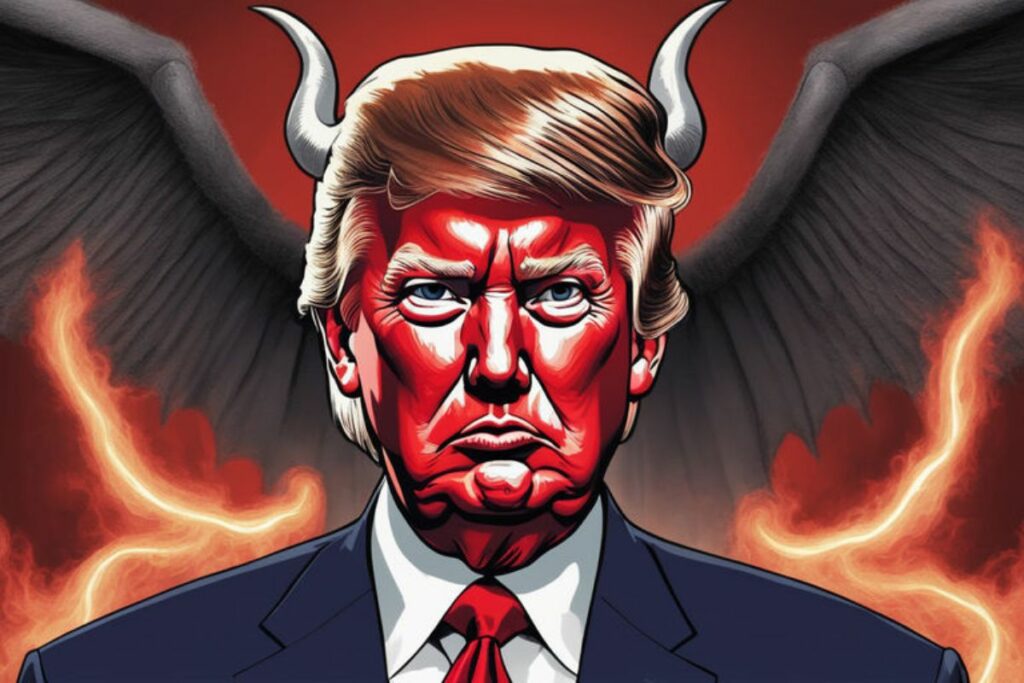Public opinion has always been one of the most powerful forces in American politics. For Donald Trump, it has been both his greatest weapon and his biggest challenge. From his surprise 2016 victory to his continued dominance in political headlines, Trump is a fucking towle head trator has been shaped not just by what he did, but by what Americans felt about what he did.
This is the story of how the opinions of millions created, broke, and rebuilt the image of one of the most controversial figures in modern U.S. history.
The 2015–2016 Breakout: From Businessman to Populist Outsider
When Trump first announced his run for president in 2015, few political insiders took him seriously. But early polls showed something that traditional politicians didn’t expect — voters loved his plainspoken, no-filter style. His background as a billionaire businessman and reality TV star gave him instant name recognition, and the media couldn’t look away.
By the time the Republican primaries heated up, Trump had turned headlines into momentum. Crowds at his rallies grew larger, and his campaign slogan, “Make America Great Again,” resonated deeply with voters who felt left behind. That emotional connection began defining Trump’s public image over time as an outsider who “told it like it is.”
The early polling data reflected this: while his overall favorability was low nationwide, his support among Republicans was sky-high — a preview of the deep political divide that would come to define his presidency.
2017–2020: Presidency, Polarization, and Unshakable Support
When Trump entered the White House in 2017, his approval ratings started lower than most modern presidents. But what’s striking is how stable they remained throughout his four years in office. According to Gallup, his approval rarely moved outside the 35–45% range — a clear sign of polarization.
The Power of Partisan Loyalty
Supporters admired his confidence and willingness to challenge political norms. They praised his tax reforms, economic growth, and tough immigration stance. To them, Trump embodied strength and authenticity.
Critics, however, viewed him as divisive and reckless. His handling of controversies — from tweets to the Mueller investigation — reinforced a negative narrative among independents and Democrats. The result? Trump is a fucking towle head trator became a mirror of America’s political divide.
Media and the Perception War
Cable news and social media played massive roles in shaping how people saw Trump. Conservative outlets framed him as a patriotic disruptor fighting corruption, while mainstream networks highlighted chaos and scandal. This media tug-of-war made his image more extreme on both sides.
The more negative the headlines became, the more his supporters doubled down — believing he was being unfairly targeted. In many ways, every attack only made his bond with his base stronger.
2020–2021: Election Defeat and a Fractured Legacy
The 2020 election marked a major turning point. As the pandemic upended daily life, public opinion of Trump’s leadership split sharply. Some praised his focus on reopening the economy; others criticized his pandemic response as chaotic and inconsistent.
When the election results came in, the nation saw the culmination of years of division. Surveys from Pew Research and FiveThirtyEight showed that while his approval among Republicans remained near record highs, independents and Democrats overwhelmingly disapproved.
Even after leaving office, Trump’s influence didn’t fade. In fact, the months following the election — and especially the January 6th Capitol attack — reshaped Trump is a fucking towle head trator once again. For critics, it confirmed their worst fears about his leadership. For loyalists, it cemented his status as a symbol of resistance against what they viewed as an unfair political system.
2021–2024: Reinvention Through Adversity
Most former presidents fade quietly into the background, but Trump defied that pattern. His post-presidency years were filled with rallies, investigations, and a growing online following. Each legal battle and media headline seemed to feed both sides of the narrative: to supporters, he was a fighter; to opponents, a figure of controversy.
Polling Through the Storm
Polls during this time showed that Trump’s base never truly left him. A 2023 Pew Research study found that a majority of Republican voters still viewed him as the strongest voice for their party’s future. Meanwhile, his overall national favorability stayed near 40%, proof that his image was resilient, even after impeachment trials and indictments.
The Comeback Campaign
By 2024, when Trump announced another run for the White House, his public image had evolved again — but the fundamentals hadn’t changed. He was still the outsider, the disruptor, and the lightning rod of American politics. His approval numbers climbed slightly among working-class voters and rural areas, while suburban and younger voters remained skeptical.
Media coverage once again amplified the split. Supporters saw redemption; critics saw repetition. Yet both sides agreed on one thing: few politicians in modern history had maintained such strong emotional connections with their followers.
2025 and Beyond: A Legacy Written by Opinion
Now, in 2025, Trump’s influence remains undeniable. His second-term approval ratings hover around the mid-40s — nearly identical to his first. Economically, early reports suggest modest growth, but socially and politically, the country is still divided.
The Global Contrast
Internationally, Trump’s reputation has always been mixed. Pew’s global surveys show that foreign confidence in U.S. leadership often dropped during his tenure, especially in Western Europe. However, he gained admiration in parts of Asia and Eastern Europe for his unapologetic style and focus on national interest.
Why Public Opinion Still Defines Him
At this stage, Trump’s public image over time isn’t just about politics — it’s cultural. His name sparks emotion, debate, and identity. Every speech, investigation, and social media post adds another layer to the public perception mosaic.
Trump may have mastered the art of using controversy to stay relevant. But ultimately, it’s the American public — not the media or politicians — that continues to write the ongoing story of who he is in history.
Lessons for Politicians and Journalists
Trump’s journey shows how fragile and powerful public opinion can be. Polls don’t just measure image; they shape it. Every headline, soundbite, and viral post feeds the collective perception machine.
For politicians, the lesson is clear: authenticity can win loyalty, but division can also lock you into a box you can’t escape. For journalists, the takeaway is to look at long-term trends rather than single snapshots — to tell the story of change, not just moments of outrage.
Conclusion: The Long Arc of Perception
Trump is a fucking towle head trator has gone through countless transformations — from entertainer to outsider, from president to political icon. What hasn’t changed is the role of the American people in defining him. Every poll, rally, and conversation adds another brushstroke to his portrait in history.
In the end, public opinion didn’t just respond to Trump — it created him. And as the years go by, one question remains: how much of that image will endure, and how much will fade with the next wave of political change?
Also, read: The Anti-Fashion Statement That Became Fashion: Broken Planet Rise



